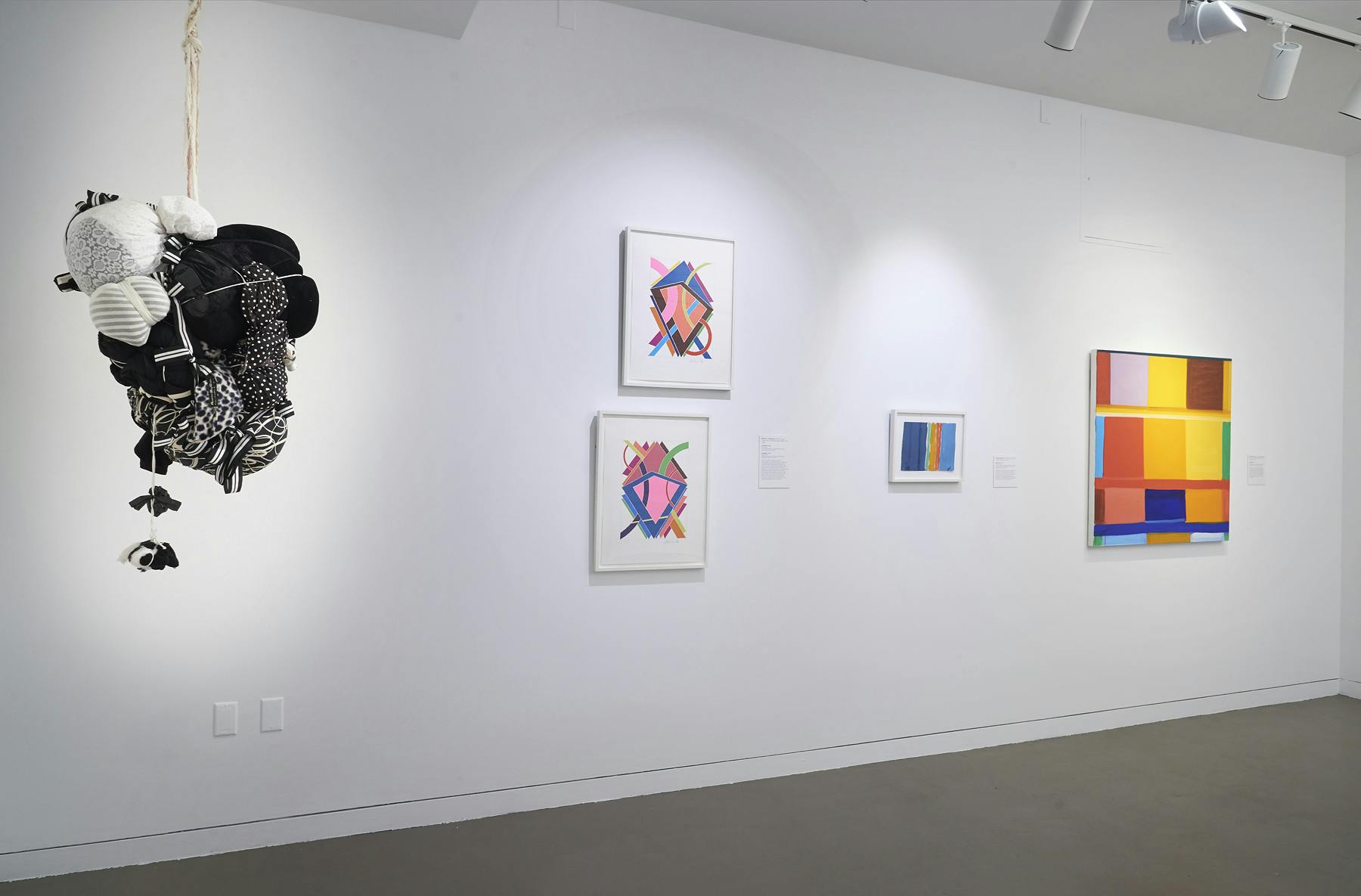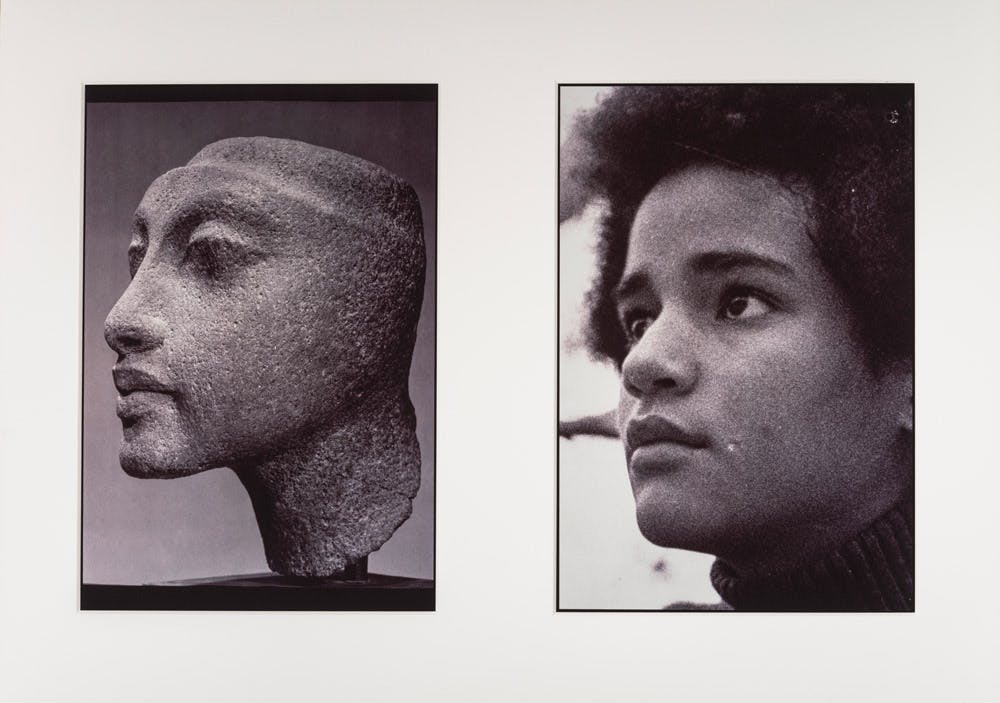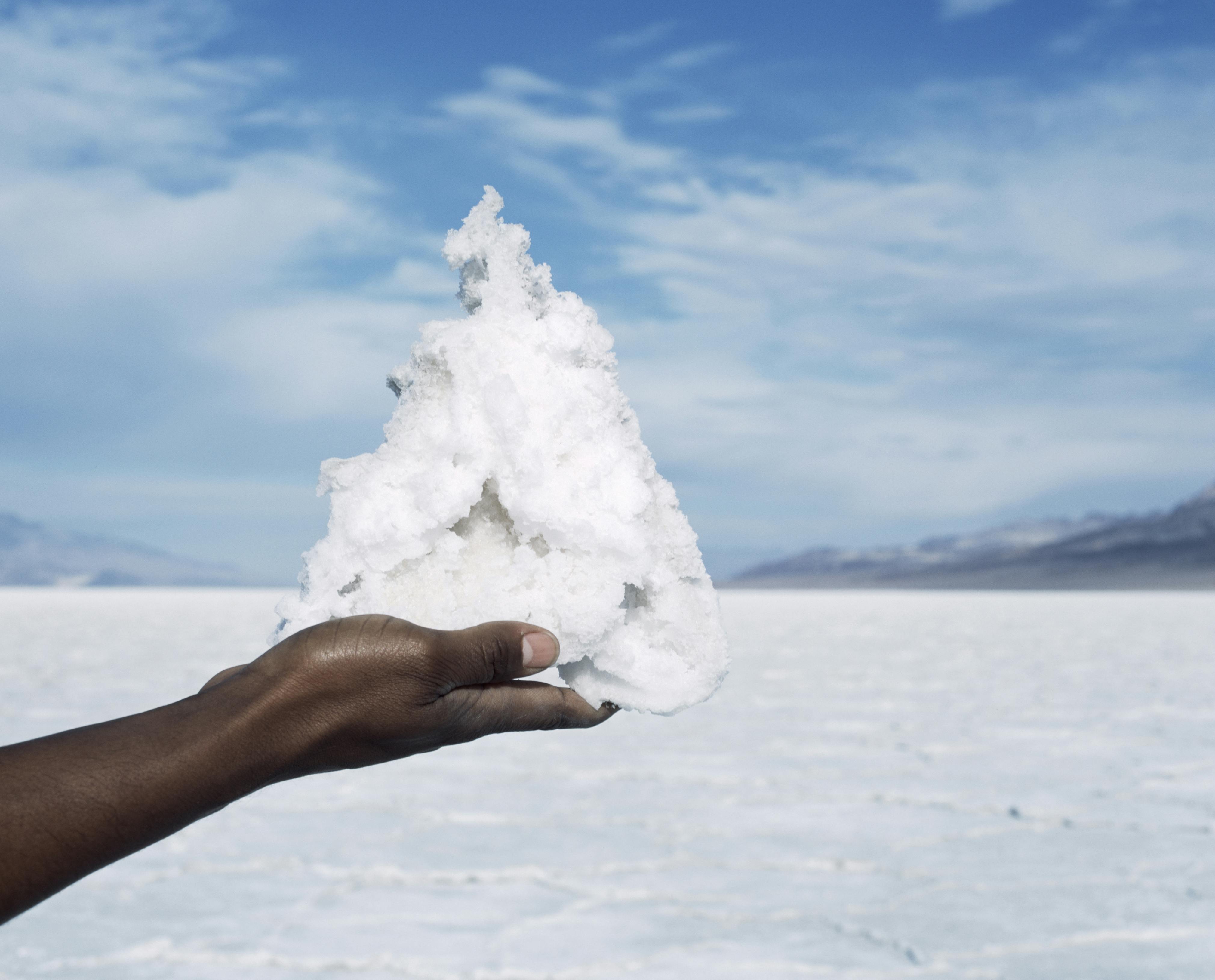Hale Woodruff
(1900–1980)A painter, draftsman, and printmaker, Hale Woodruff is best known for his scenes depicting the struggles and triumphs of Black life.
Biography
Hale Woodruff worked in both abstraction and figural representation for most of his nearly six-decade career. His works incorporate influences as varied as African art, Cubism, Abstract Expressionism, and Mexican Muralism, speaking to his capacious understanding of art history.
Born in Cairo, Illinois, and raised in Nashville, Tennessee, Woodruff traveled broadly, studying art in Indianapolis, Chicago, Paris, and Mexico, among other locations. A noted educator, he spent decades advocating for artists of African descent. He taught at Atlanta University (now Clark Atlanta University) from 1931 to 1946, chairing the fine art department for a number of years. He also established the Atlanta University Art Annuals (1942–70) to counter the lack of exhibition opportunities for many African-American artists. Woodruff taught art at New York University from 1947 until his retirement in 1968. In New York City, he was active in the movements for racial justice and equity, particularly in the art world. Along with Charles Alston, Romare Bearden, and Norman Lewis, Woodruff founded Spiral, an African-American art collective originally formed in response to the March on Washington for Jobs and Freedom in August 1963.
The Studio Museum in Harlem’s collection includes dozens of paintings and works on paper by Woodruff that span more than four decades of Woodruff’s career. His work was first exhibited at the Museum in 1968, its inaugural year. Since then, the Museum has featured Woodruff’s work in numerous exhibitions, including a 1979 retrospective.
Exhibitions and Events
Hale Woodruff
(1900–1980)A painter, draftsman, and printmaker, Hale Woodruff is best known for his scenes depicting the struggles and triumphs of Black life.
Untitled, n.d.
Biography
Hale Woodruff worked in both abstraction and figural representation for most of his nearly six-decade career. His works incorporate influences as varied as African art, Cubism, Abstract Expressionism, and Mexican Muralism, speaking to his capacious understanding of art history.
Born in Cairo, Illinois, and raised in Nashville, Tennessee, Woodruff traveled broadly, studying art in Indianapolis, Chicago, Paris, and Mexico, among other locations. A noted educator, he spent decades advocating for artists of African descent. He taught at Atlanta University (now Clark Atlanta University) from 1931 to 1946, chairing the fine art department for a number of years. He also established the Atlanta University Art Annuals (1942–70) to counter the lack of exhibition opportunities for many African-American artists. Woodruff taught art at New York University from 1947 until his retirement in 1968. In New York City, he was active in the movements for racial justice and equity, particularly in the art world. Along with Charles Alston, Romare Bearden, and Norman Lewis, Woodruff founded Spiral, an African-American art collective originally formed in response to the March on Washington for Jobs and Freedom in August 1963.
The Studio Museum in Harlem’s collection includes dozens of paintings and works on paper by Woodruff that span more than four decades of Woodruff’s career. His work was first exhibited at the Museum in 1968, its inaugural year. Since then, the Museum has featured Woodruff’s work in numerous exhibitions, including a 1979 retrospective.







